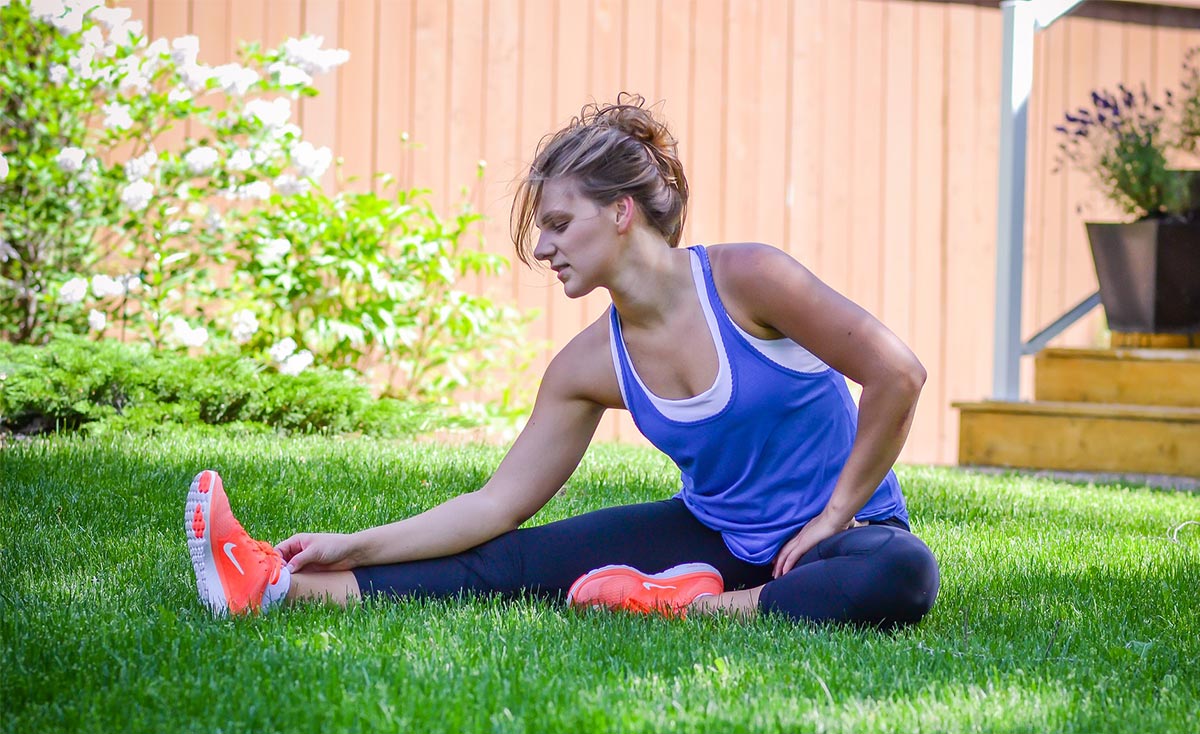Does Stretching Really Help Prevent Injuries?
Stretching before exercise is often considered a staple of any workout routine. For years, athletes, fitness enthusiasts, and even gym class instructors have emphasized its importance in preventing injuries and improving performance. But is this long-held belief supported by science? According to a study published in the *Clinical Journal of Sport Medicine*, the answer is not as straightforward as many might think.
The research suggests that stretching alone, without a proper warm-up, does little to prevent injuries. For those who find pre-workout stretching tedious, this might seem like good news. However, the debate doesn’t end there. To truly understand the role of stretching in exercise, we need to examine its effects in conjunction with warm-ups and how different types of stretching impact performance and recovery.
The Science Behind Stretching
The traditional argument for stretching was that it could prepare muscles for physical activity, increase flexibility, and reduce the likelihood of strains or sprains. However, scientific evidence has questioned these claims. Studies indicate that:
- Stretching alone does not significantly reduce the risk of soft tissue injuries. Immobilization or inadequate muscle activation is often a greater factor in injuries.
- In activities like jogging or cycling, where muscles are not stretched to their full length, pre-stretching provides little benefit.
- Muscle strains often occur during the eccentric phase of a movement, such as the downward motion of a squat or the deceleration during running. Stretching does not address this aspect of muscle function.
- Excessive stretching can cause micro-damage at the cytoskeletal level, potentially weakening muscle fibers rather than strengthening them.
- Stretching may temporarily mask muscle pain, creating a false sense of readiness and increasing the risk of overuse or improper technique.
Why Warm-Ups Are Crucial
While stretching alone may not be the magic bullet for injury prevention, warm-ups are undeniably valuable. Warm-ups increase core and muscle temperature, enhance circulation, and improve muscle elasticity, all of which contribute to better performance and reduced injury risk. Warm-ups can be divided into three categories:
**Passive Warm-Ups:** These involve external methods like heating pads or saunas to raise body temperature. While they can be effective, they don’t actively engage muscles and are less practical for most athletes.
**General Warm-Ups:** Activities like jumping jacks or light jogging fall into this category. They increase heart rate and circulation but are not specific to the muscles and movements used in the main workout.
**Specific Warm-Ups:** These are the most effective for preparing the body. By mimicking the motions of the intended exercise, such as doing bodyweight squats before weighted squats, specific warm-ups engage the exact muscles and joints needed for the activity.
Fitness experts recommend incorporating at least one or two specific warm-up sets for each major muscle group before intense training.
The Different Types of Stretching
Stretching itself can be categorized into various types, each with unique benefits and risks. Understanding these distinctions can help athletes choose the best approach for their goals:
**Ballistic Stretching:** This involves bouncing movements to push muscles beyond their normal range of motion. While it can improve flexibility over time, ballistic stretching poses a high risk of muscle strain and is generally not recommended.
**Static Stretching:** The most common form, static stretching involves holding a muscle in a stretched position for an extended period. While effective for increasing flexibility, it is best performed post-workout, as pre-exercise static stretching can temporarily reduce muscle strength.
**Proprioceptive Neuromuscular Facilitation (PNF):** This advanced technique combines muscle contractions with stretching to improve flexibility and range of motion. Though highly effective, it requires proper guidance and is often used in rehabilitation settings.
Choosing the right type of stretching depends on the individual’s fitness level, activity type, and goals. For most, a combination of dynamic stretching during warm-ups and static stretching during cool-downs provides the best results.
The Verdict on Stretching and Injury Prevention
So, does stretching before exercise reduce the risk of injury? The evidence suggests that it depends on the context. Stretching without warming up is largely ineffective and may even pose risks. However, when combined with a proper warm-up, stretching can enhance flexibility, improve range of motion, and prepare the body for physical activity.
Ultimately, the key lies in striking a balance. Prioritize a thorough warm-up to activate muscles and increase blood flow, followed by targeted stretching that aligns with your workout goals. For post-exercise recovery, focus on static stretching to relax muscles and improve flexibility over time.
A Smarter Approach to Pre-Exercise Preparation
The traditional belief in pre-exercise stretching as a catch-all solution for injury prevention has been challenged by modern research. While stretching has its place in fitness routines, it should not replace the essential warm-up. By understanding the science and tailoring your approach, you can optimize your performance, reduce injury risk, and make the most of every workout.
So the next time you’re gearing up for a run or a gym session, remember: warm up first, stretch strategically, and listen to your body. With the right preparation, you’ll not only reduce the risk of injury but also enhance your overall fitness experience.













